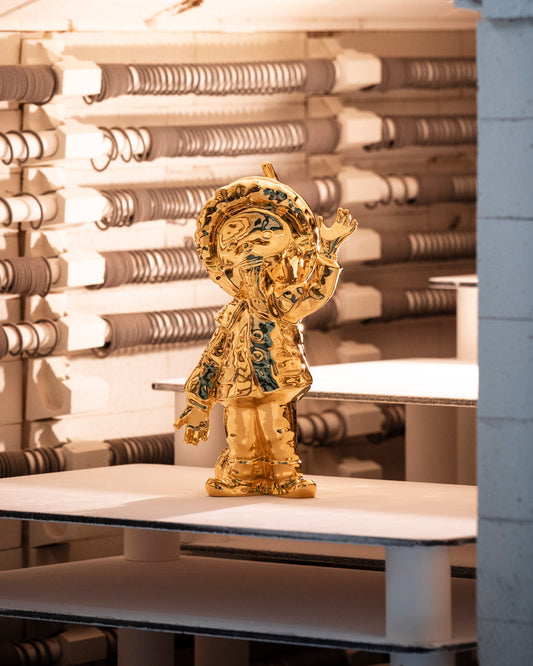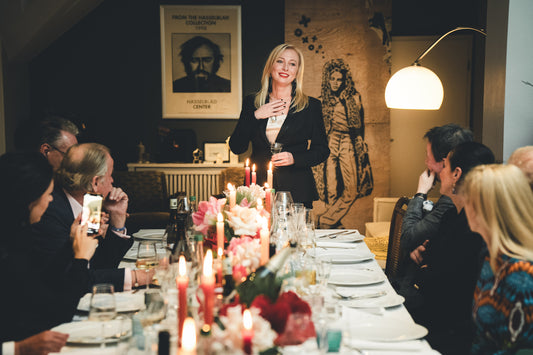TISCHLEIN DECK' DICH - DISCOVER TABLE CULTURE WITH KPM BERLIN!
Table culture is currently gaining in importance again in times of Corona. Restricted to the home, enjoyment is becoming more conscious again and socializing more stylish. Take a look at the history of tableware and find out how classics from KPM Berlin contributed to this.
Table culture has been somewhat forgotten in recent decades, but is gaining importance again in times of corona. Limited to the home, the focus is shifting to interiors and shared moments: enjoyment is becoming more conscious, togetherness more stylish. Take a look at the history of tableware and find out how KPM Berlin classics have shaped and been shaped by it.
ABOUT THE TABLE CULTURE
Table culture is the successful sum of food and drink, culinary art and rituals, tableware, decoration and ambience. Since ancient times, eating together has not only served as a means of nourishment, but was also the focal point of everyday life. It fulfilled a social function, but at aristocratic courts it also had a representative function: opulent courses and richly laid tables were used to impress the exclusively male guests and set themselves apart from the outside world. As you can see, table culture is more than just custom! At all times, it also meant the cultivation of tradition, lifestyle and, last but not least, enjoyment.
When ladies were admitted to the table from the 11th century onwards, dining in the palace, as in the town house, was usually restricted to the closest family circle and limited to a few courses. The rare but lavish and above all public banquets were used to create and consolidate hierarchies. The Florence of Caterina de Medici and the court of the Duchy of Urbino defined European dining culture and cuisine and refined German table manners.
Start image: Kitchen-Aid cookbook by Su and Bui Vössing


